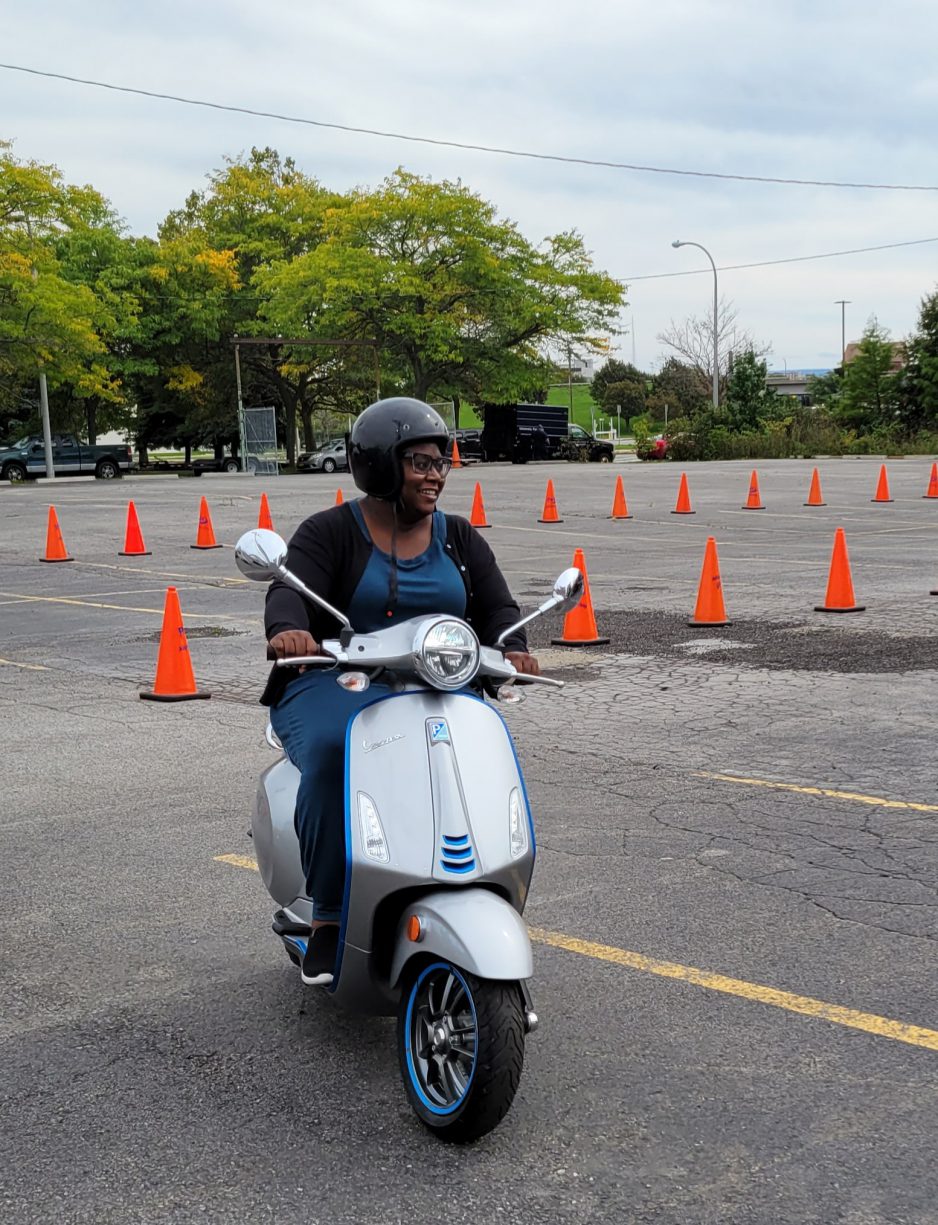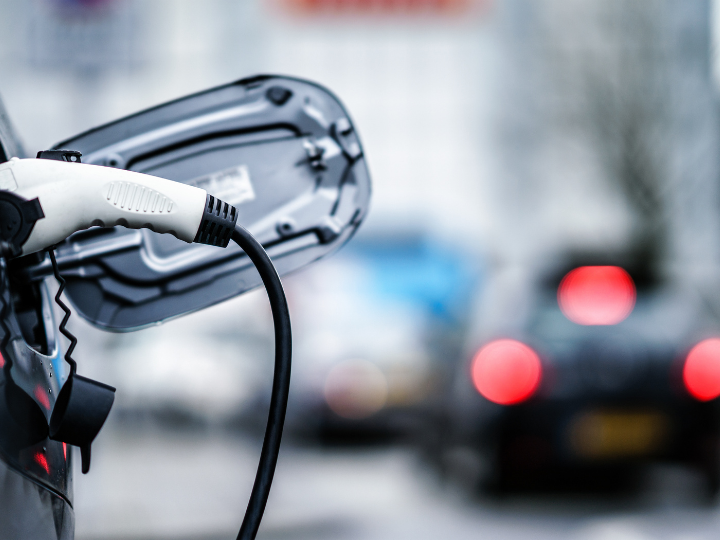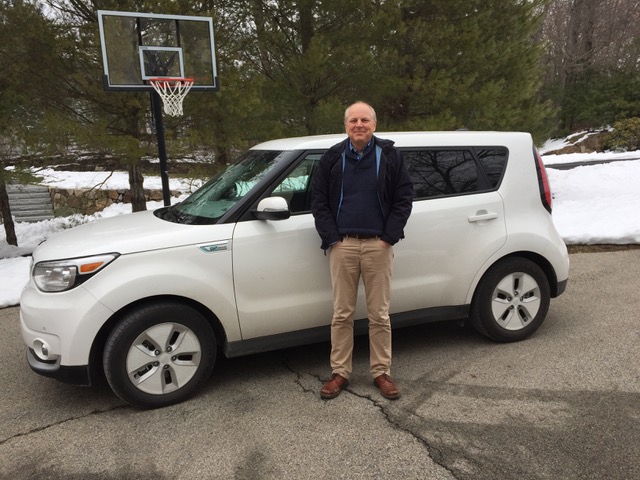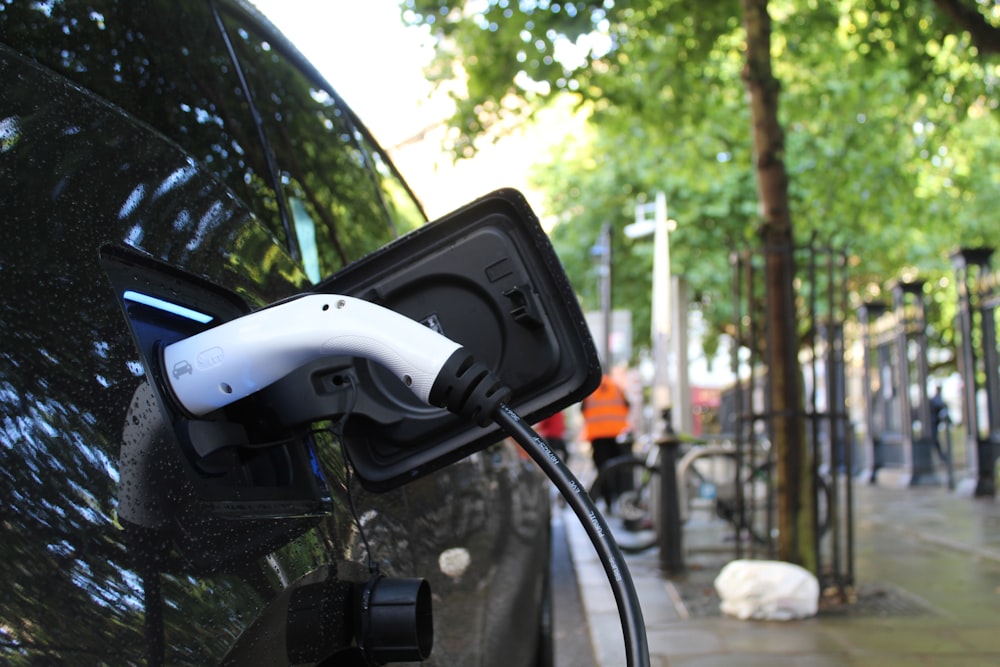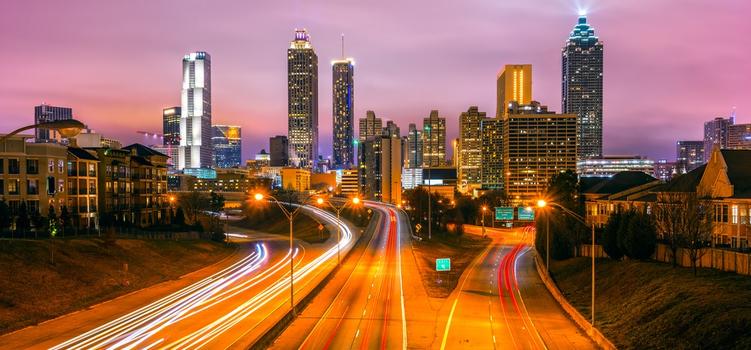BNMC Joins Auto, Utility, Labor & Environment Leaders Unveiling Report Charting Path to Cut Transportation Energy Use in Half
Matthew K. Enstice, BNMC CEO, Serving on National Commission Launching Campaign to Capitalize on New Technologies and Huge Economic Opportunities to Save Energy
WASHINGTON – September 26, 2018 –A prominent national transportation commission, including the Buffalo Niagara Medical Campus (BNMC), released a new report today and launched a campaign to cut U.S. transportation energy use by 50 percent by 2050 (dubbed the “50×50” goal) while also improving mobility. Read the column on this initiative in today’s Buffalo News.
Amid rapidly evolving transportation trends like ride-sharing, electrification, autonomous vehicles, and other technologies, the Alliance to Save Energy’s 50×50 Commission on U.S. Transportation Sector Efficiency issued consensus recommendations calling on policymakers – at all levels of government – to act urgently in a coordinated manner to lead a successful energy efficiency transformation of the transportation sector.
“As the U.S. transportation system continues to evolve, it is critical that we develop an integrated, leading-edge wp-contentroach connecting technology, urban planning, and optimization,” said Matthew K. Enstice, CEO, Buffalo Niagara Medical Campus, Inc. “Our goal is to improve broad community access to an equitable and sustainable transportation system, with an eye on reducing energy use and meeting future mobility needs. From supporting infrastructure and technology to increase electric vehicle use and piloting autonomous vehicles to integrating artificial intelligence and improving streetscape design, we are building the system of the future.”
The 50×50 Commission is a diverse coalition of leading vehicle manufacturers, utilities, environmental and consumer groups, unions, technology companies, and public officials, including Pittsburgh Mayor William Peduto (D) and Fort Worth Mayor Betsy Price (R). The group says the U.S. could fall behind foreign competitors if federal, state, and local policymakers don’t act to adopt the policy recommendations.
Transportation represents roughly one-third of U.S. energy consumption and recently displaced electricity generation as the leading source of U.S. greenhouse gas emissions. It’s also the second biggest daily expense for American families. Demand for transportation services is set to rise significantly in the future, potentially increasing congestion on U.S. roads, and putting more stress on the already overburdened public transportation systems. But these challenges can be overcome. The 50×50 Commission united to develop a policy agenda that seizes the opportunities of new transportation technologies and business models to transform mobility for passengers and goods while using energy more efficiently.
“Right now, we have the chance to shape the future for the better, achieving multiple goals at once. We can simultaneously unlock innovation and new technologies and make mobility easier, faster, and better, all while using dramatically less energy,” said Jason Hartke, president of the Alliance to Save Energy, which convened the Commission. “Charting the right path now will help us avoid unpredictable fuel costs, rising greenhouse gas emissions, and lost American competitiveness. These policy recommendations set the course to make transportation more accessible and convenient for all while cutting our energy use dramatically.”
The Commission’s report, released at a forum in Washington, D.C., on Wednesday morning, provides recommendations to policymakers focused on three themes, including:
Transform. Policymakers should not only seek to enhance the energy efficiency of vehicles and components, but also to capitalize on new technologies to transition to an efficient, integrated, and improved “transportation services” model. Transportation services should be allocated efficiently, affordably, and effectively according to geographic and service needs, with policies encouraging consumers to select the most efficient transportation modes.
Innovate. The U.S. should prioritize its leadership in pursuing research, development, deployment, and demonstration for efficient transportation innovation opportunities. Congress and federal agencies should continue to support the development of electric vehicles, which are currently the most efficient vehicles on the market. Federal agencies should maximize their impact through measures including public-private partnerships that stimulate research into market-transformational technologies.
Invest. Policymakers should focus on improving the efficiency of all vehicle types by promoting fuel economy standards and accelerating vehicle turnover and incentivizing the deployment of and infrastructure for energy-efficient vehicles, especially electric vehicles (battery-electric vehicles and hydrogen electric vehicles), plug-in and non-plug in hybrid vehicles, and highly efficient vehicles running on renewable natural gas. Policymakers should support electric vehicles, which are highly efficient, through standardization of adaptors and customer experience, the promotion of practices to ensure optimal grid stability, and the redesign of the Highway Trust Fund to ensure the growth of efficient vehicles is balanced with equitably-funded infrastructure investments. Such solutions should take equity and jobs into account by ensuring low-income and under-served consumers have access to improved mobility and ensuring a well-prepared workforce through the sector’s transitions.
The 50×50 Commission includes Scott Keogh, President, Audi of America (co-chair); Dean Seavers, President, US, National Grid (co-chair); Melissa E. Adams, Chief Corporate Social Responsibility Officer, WGL Holdings/Washington Gas; John Di Stasio, President, Large Public Power Council; Bruce Edelston, VP, Energy Policy, Southern Company; Matt Enstice, President & CEO, Buffalo Niagara Medical Campus; Jack Gillis, Executive Director, Consumer Federation of America; Thomas R. Kuhn, President, Edison Electric Institute; Eric J. McCarthy, Senior Vice President, Government Relations, Public Policy and Legal Affairs, Proterra; Arlen Orchard, CEO & GM, Sacramento Municipal Utility District; Giovanni Palazzo, CEO, Electrify America; Thomas S. Passek, President, Copper Development Association; Gil C. Quiniones, President & CEO, New York Power Authority; Norman Saari, Commissioner, Michigan Public Service Commission; Kevin B. Self, SVP of Strategy, Business Develop & Government Relations, Schneider Electric; Paul Skoutelas, President & CEO, American Public Transportation Association; Lonnie Stephenson, International President, International Brotherhood of Electrical Workers; Rhea Suh, President, Natural Resources Defense Council; Dan Turton, VP, North America Public Policy, General Motors; Bert Van Hoof, Partner – Group Program Manager, Microsoft; Ted Walker, Managing Director, Navigant; and Greg White, Executive Director, National Association of Regulatory Utility Commissioners.
The Commission’s recommendations were informed by the work of more than 100 experts from across the country serving on technical committees. The committees issued five “sector baseline” reports evaluating a wide range of transportation sectors and technologies. The technical committees were chaired by Robert Chapman, Vice President, Energy and Environment, Electric Power Research Institute; Robert Horton, Vice President, Environmental Affairs, DFW International Airport; Roy Kuga, Vice President, Grid Integration & Innovation, PG&E Corporation; Dr. Philip Lavrich, Director, Strategy and Advanced Technologies, Ingersoll Rand; and Patricia Monahan, Program Director, Transportation, Energy Foundation.
The 50×50 Commission’s full report and biographical information for all Commissioners is available at: www.50x50transportation.org. Quotes from Commissioners and Technical Committee Chairs are included below, followed by press contacts for all Commission organizations.
About the BNMC
The Buffalo Niagara Medical Campus, Inc. (BNMC) is a multi-anchor social enterprise focused on driving innovation in partnership with our community. As the non-profit charged with addressing shared issues among our member institutions, the BNMC plays a significant role in driving positive change that builds a vibrant, innovative environment. We focus on improving infrastructure, managing our transportation system, creating a culture of health and wellbeing, driving innovation, and working with our partners to continue to build an innovative district that reflects the best of our community. Learn more at bnmc-old.local.
About the Alliance to Save Energy
Founded in 1977, the Alliance to Save Energy is a nonprofit, bipartisan alliance of business, government, environmental and consumer leaders working to expand the economy while using less energy. Our mission is to promote energy productivity worldwide – including through energy efficiency – to achieve a stronger economy, a cleaner environment and greater energy security, affordability and reliability.
Contact: Kari Bonaro, BNMC, kbonaro@bnmc-old.local, 202-904-7034








